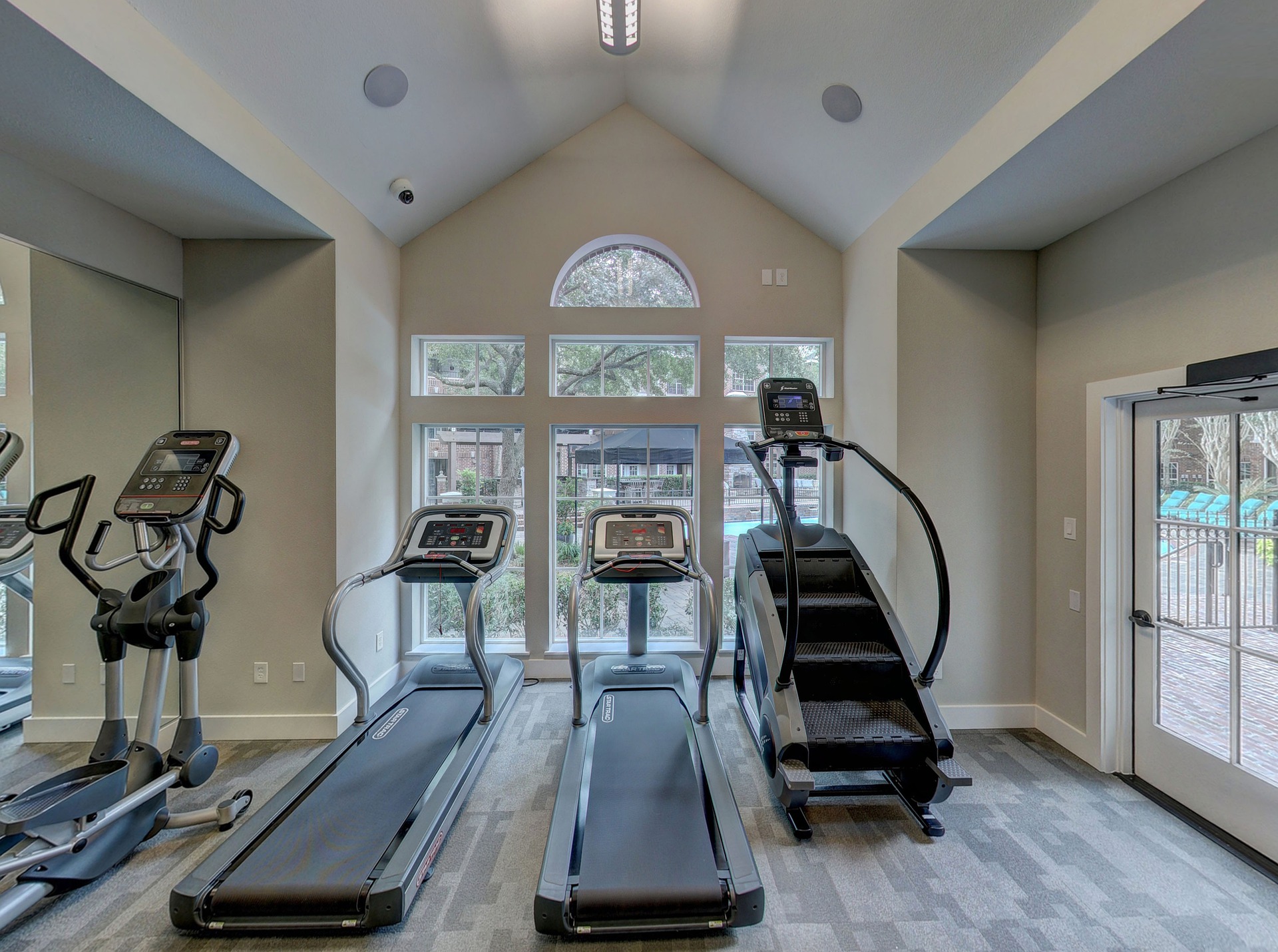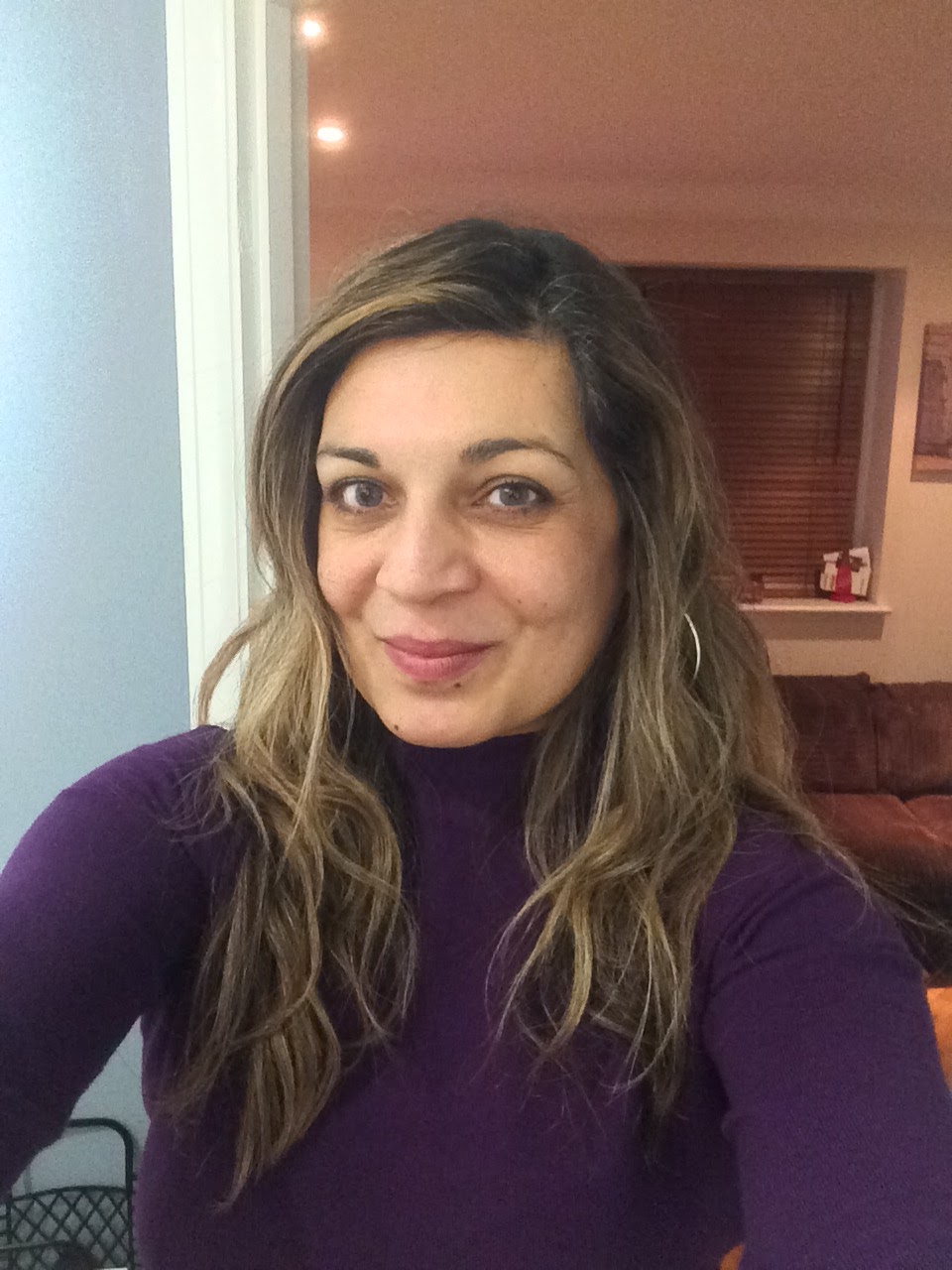

How to buy a treadmill – that is the question!
Buying a treadmill is a serious investment in your health and fitness journey. And like any big purchase, the choice in treadmills can be overwhelming. There are many features to consider such as size, motor, programs, space for storage, folding or non-folding and other aspects before making a purchase.
But fear not. This handy guide will help you make the right decision and serve as a handbook when choosing the best treadmill, best folding treadmill or even the best cheap treadmill. With the right machine, you can reach those health and fitness goals from the comfort of your home.
Before you lace up your best running shoes and jog to the nearest treadmill shop (ie: the internet), have a read of this.
How to buy a treadmill – First, consider your fitness and health goals
Before diving into the specifics of a treadmill, ask yourself what your goals are as these will determine how much you spend on a unit. For instance, if you’re only looking to use it for power walking a few times per week, there's no need to invest in a treadmill with a powerful 4.0 HP motor.
On the other hand, if weight loss is your goal, you may be looking to incorporate HIIT training and therefore will need to spend a bit more for a good quality machine that can withstand frequent use.
What treadmill specifications to consider
Once you're clear on your fitness goals and how a treadmill will fit around your life, you can look into the specifications. These will determine the kind of workout you can get out of the equipment. Let’s take a closer look at them.
Get all the latest news, reviews, deals and buying guides on gorgeous tech, home and active products from the T3 experts

1. Motor
The motor is at the heart of a treadmill which you will need to consider depending on your level and weight requirements. Pay attention to the size of the motor or more specifically what horsepower (HP) it can put out.
As a rule of thumb, if the machine is to be used for walking and light jogging, a machine with a 2.0 HP will be sufficient. The average jogger will need to invest in a machine upwards of 2.5 HP while the dedicated runner will need to ensure the machine is over 3.0 HP to withstand a tough session.
2. Maximum weight
When we consider maximum weight, we are referring to the weight supported by the running belt. The higher the maximum weight a treadmill can support, the sturdier and silent it will be. As a guideline, choose a machine that supports a weight way above your own. This will give you peace of mind that the treadmill will be strong and sturdy enough for you and your workout.

3. Top speed
Ask yourself how fast you need your treadmill to go. A lower end treadmill normally caps around 12mph which is ideal for walking or gentle jogging while higher-end models can go anything upwards of 15 to 20mph which are great for the serious trainer. Suffice to say a higher speed limit is accompanied by a heftier price.
4. Incline
Running on a treadmill can be monotonous especially when running continuously at a steady flat pace. But an incline button which raises the treadmill belt gives you more of a challenge to your workout. You’ll be able to incorporate more intense workouts, in shorter periods not to mention help simulate real-life running conditions.
The price point of a machine will determine whether this feature is built-in automatically or needs to be set manually. It’s also worth considering this function even if your initial treadmill use will focus on walking. As you get fitter you may want to challenge yourself and ramp up your workouts a notch.
While an incline function is usually present on most treadmills, not all come with a decline function button. A declining treadmill is incredible for toning your legs.

5. Deck
The running deck size will be determined by how much space you have for the machine as well as how comfortable a run is. The average size is around 20” x 55”, which is perfect if you are of average height. Taller people should invest in a wider treadmill.
It’s also worth noting the thickness of a belt. Cheaper versions may make you more prone to stopping or slipping as the belt may move from side to side on your stride.
Running takes a toll on your knees so if you want to protect your knees, you should invest in treadmills that come with a 2-ply running belt and some sort of shock-absorption system. It can considerably reduce the impact suffered by your legs and make for a safer workout.
6. Heart rate monitoring
When we put the effort into a workout, it’s good to measure our performance to stay motivated. With a good heart rate monitor, you’ll be able to tell whether you’re in the fat-burning zone. Most treadmills will come with handgrips on the sides of the treadmill which will display the information on the computer. If not, you can always add a heart rate strap or something from our guide to the best running watches.
7. Console
All treadmills come with some sort of console which will provide information about your body and workout such as speed, distance, heart rate, calories burned and so on. The cheaper models will only have basic features which are fine if you’re not fussed about the details of your workout.
But be aware that sometimes the cheaper treadmills fall short on the quality of the LCD with no backlight on the screen. But if more features and app connectivity would drive you to use the treadmill more, it’s worth investing in a higher-end model. The information available to you is endless.
Some even come with Bluetooth connectivity enabling you to sync the information to other devices and help keep track of your progress.
For today's best treadmill prices, please check out the widgets below:

Sabi is a fitness enthusiast who’s been involved in some kind of sports since school. No sport is off-limits (apart from hockey after she was scarred for life when she lost a tooth) and she will try her hand at anything that involves moving. Sabi qualified as a fitness instructor 11 years ago and teaches kettlebells, spin, women’s weight lifting and cardio. As an NCTJ-trained journalist, she travels extensively to find fun ways to be fit and healthy around the globe. She is often found exploring new trails while listening to audiobooks, baking healthy treats and upcycling furniture in her spare time. She writes about general fitness, product reviews and offers her advice and tips on following a healthy lifestyle.